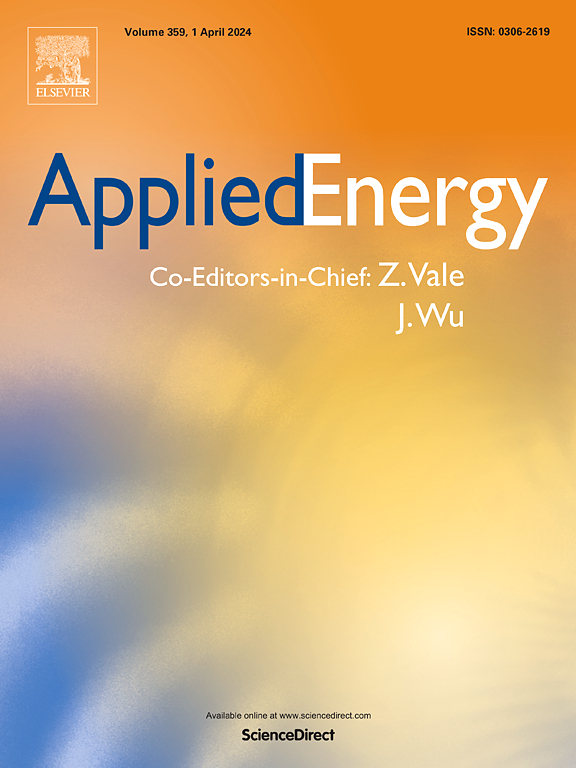Enhanced photovoltaic-powered distribution network resilience aided by electric vehicle emergency response with willingness and reward
IF 10.1
1区 工程技术
Q1 ENERGY & FUELS
引用次数: 0
Abstract
With the increasing integration of electric vehicles (EVs) into distribution networks (DNs), leveraging distributed energy resources (DERs) has become essential for mitigating load loss during extreme disaster scenarios. However, the quantification of power support capacity during post-disaster recovery remains inadequate, hindering the optimization of emergency resource deployment. This paper presents a novel two-phase resilience enhancement strategy for DNs, addressing both pre-disaster and post-disaster stages. The strategy includes willingness-reward dual parameter settings to characterize the power support capacity of EV aggregators. DERs are utilized to quickly connect to DNs and provide emergency power after a disaster. In the pre-disaster phase, a two-stage iterative model is developed for mobile energy storage systems (MESS) pre-positioning and DN topology reconfiguration. The post-disaster recovery is formulated as a mixed-integer second-order cone programming model to depict the emergency response of EVs. EV charging stations (EVCS) are aggregated using a fuzzy membership approach to calculate their support power. Sensitivity analysis shows that optimizing EVCS willingness-reward dual parameter settings can significantly enhance power support. Numerical results demonstrate a 48.23 % reduction in load shedding costs through MESS pre-positioning, and a 66.6 % improvement in resilience metrics with optimized willingness-reward dual parameter settings.
求助全文
约1分钟内获得全文
求助全文
来源期刊

Applied Energy
工程技术-工程:化工
CiteScore
21.20
自引率
10.70%
发文量
1830
审稿时长
41 days
期刊介绍:
Applied Energy serves as a platform for sharing innovations, research, development, and demonstrations in energy conversion, conservation, and sustainable energy systems. The journal covers topics such as optimal energy resource use, environmental pollutant mitigation, and energy process analysis. It welcomes original papers, review articles, technical notes, and letters to the editor. Authors are encouraged to submit manuscripts that bridge the gap between research, development, and implementation. The journal addresses a wide spectrum of topics, including fossil and renewable energy technologies, energy economics, and environmental impacts. Applied Energy also explores modeling and forecasting, conservation strategies, and the social and economic implications of energy policies, including climate change mitigation. It is complemented by the open-access journal Advances in Applied Energy.
 求助内容:
求助内容: 应助结果提醒方式:
应助结果提醒方式:


